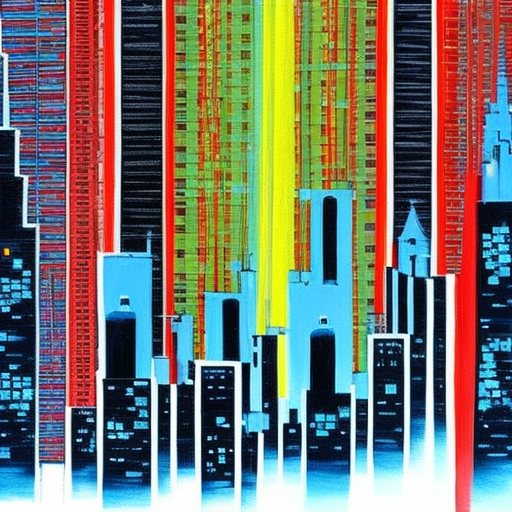Futurism: An Artistic Movement Shaping the Future
Futurism was an influential artistic and cultural movement that emerged in Italy in the early 20th century. It was founded by the poet Filippo Tommaso Marinetti and aimed to celebrate the modern world, technology, and the future. Futurism rejected traditional artistic conventions and embraced dynamism, speed, and the machine age.
The Origins and Manifesto of Futurism
Futurism was officially launched in 1909 with the publication of the “Futurist Manifesto” by Marinetti in the French newspaper Le Figaro. The manifesto called for a rejection of the past, including traditional art, and a focus on the future. Marinetti declared that “we will destroy the museums, libraries, academies of every kind” and called for the glorification of war, industry, and technology.
Key Themes and Characteristics of Futurism
Futurism was characterized by its celebration of speed, movement, and the machine. Artists sought to capture the energy and dynamism of the modern world through their works. They embraced new technologies such as cars, airplanes, and industrial machinery, often depicting them in their art. Futurist paintings were characterized by bold, vibrant colors, fragmented forms, and dynamic compositions.
Futurism in Visual Arts
In visual arts, Futurism encompassed various mediums, including painting, sculpture, architecture, and design. Umberto Boccioni, Gino Severini, and Giacomo Balla were among the prominent Futurist painters. Boccioni’s “Unique Forms of Continuity in Space” is considered one of the movement’s iconic sculptures. Futurist architecture aimed to create buildings that reflected the spirit of the modern age, emphasizing functionality and technological innovation.
Futurism in Literature and Poetry
Futurism also had a significant impact on literature and poetry. Marinetti’s own poetry reflected the movement’s themes of speed and dynamism. He experimented with typography, using words and letters to create visual effects on the page. Futurist literature rejected traditional narrative structures and embraced fragmentation and experimentation.
Futurism in Music and Performance
Futurism extended its influence to the realm of music and performance. Luigi Russolo, a Futurist painter and composer, created the “Intonarumori,” a group of noise-generating devices. These instruments aimed to capture the sounds of the modern industrial world and were used in Futurist performances called “serate” or “evenings.” Futurist music rejected traditional harmonies and melodies, embracing dissonance and cacophony.
The Legacy and Influence of Futurism
Futurism had a profound impact on the development of modern art and culture. Its emphasis on the future, technology, and the machine age influenced subsequent art movements such as Dada, Constructivism, and Surrealism. Futurism also influenced the development of graphic design, advertising, and fashion. Its celebration of speed and movement can be seen in the aesthetics of the Art Deco style.
Critiques and Controversies
While Futurism was celebrated by some as a bold and innovative movement, it also faced criticism. Its glorification of war and violence was seen as problematic, especially in the context of the devastating World Wars that followed. The movement’s association with Italian Fascism under Benito Mussolini further tarnished its reputation.
In Conclusion
Futurism was a groundbreaking artistic movement that emerged in Italy in the early 20th century. It rejected traditional artistic conventions and celebrated the modern world, technology, and the future. Futurism had a significant impact on visual arts, literature, music, and performance, and its influence can still be seen in various art forms today. Despite its controversies, Futurism remains an important chapter in the history of art and culture.












